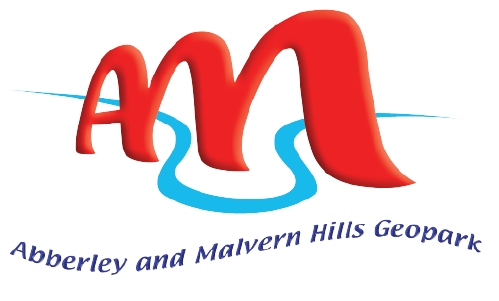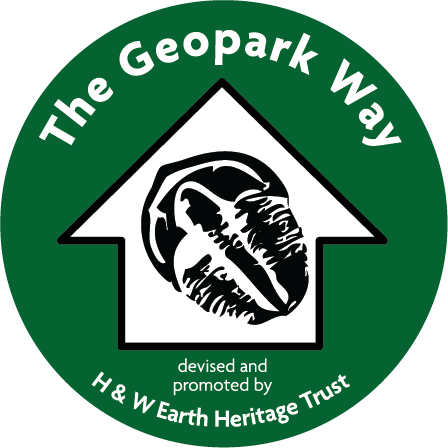The Wyre Forest is underlain by rocks belonging to a period of time known as the Carboniferous, approximately 310 million years ago. At this time the layout of the oceans and continents across the Earth was very different from today. England and Wales were part of the supercontinent of Pangaea just south of the equator. Most of the world’s land surface was then centred on the equator. The environment and landscape then differed greatly from that seen today. It was a dynamic mixture of tropical forests, swamps and sandy deltas fed by rivers that frequently flooded. This dynamism is reflected in the variety of sedimentary rock types seen both in the Forest.
The Carboniferous swamp environment was probably similar to a modern day equatorial forest. The trees, however, were a mixture of primitive types, lacking the flowers of their modern counterparts. They were mostly fern-like or else giant predecessors of the present-day horsetails, which grew up to 10m tall. There were huge dragonflies with a 1.5m wingspan and amphibians like giant newts that were still dependent on water for breeding.
Explore the Geology and Landscape of the Wyre Forest
- Geology along the Woodpecker (green) trail (3.5 km/2.2 miles) – leaflet available from the Visitor Centre, Discovery Centre and as a download
- The Geopark Way long distance walking trail passes through the Wyre Forest. Section 4 of the trail guide Kinlet to Bewdley. Trail guide available from Bewdley Tourist Information Centre at Bewdley Museum
- Section 4 of the Geopark Way also available as an App. The app has a map of the section overlain on an interactive geology map. Using GPS you get your position and a feed of data about the geology and other information as you walk. Other information’ includes photos of the walk with directional guidance, 3D cross-sections, and interpretations of past environments. Created by BrooksDesigns
- Explore Geological Time and the Evolution of Life along the Geological Timeline at the Wyre Forest Discovery Centre
- Visit the Callow Hill GeoChampions site. The quarry lies some 200m from the Wyre Forest Discovery Centre. The quarry consists of Carboniferous conglomerates, sandstones and siltstones together with exhibiting sedimentary features. There is an interpretation board on site and an information leaflet is available. Access is restricted. Please contact the Community Conservation Champions.
- Schools education programme for Key Stages 1 & 2 ‘Rocks and Soils’
- Explore the bedrock and superficial geology of the Severn Valley Country Park area on the British Geological Surveys ‘Geology of Britain Viewer’ – click here to be directed to their webpage




